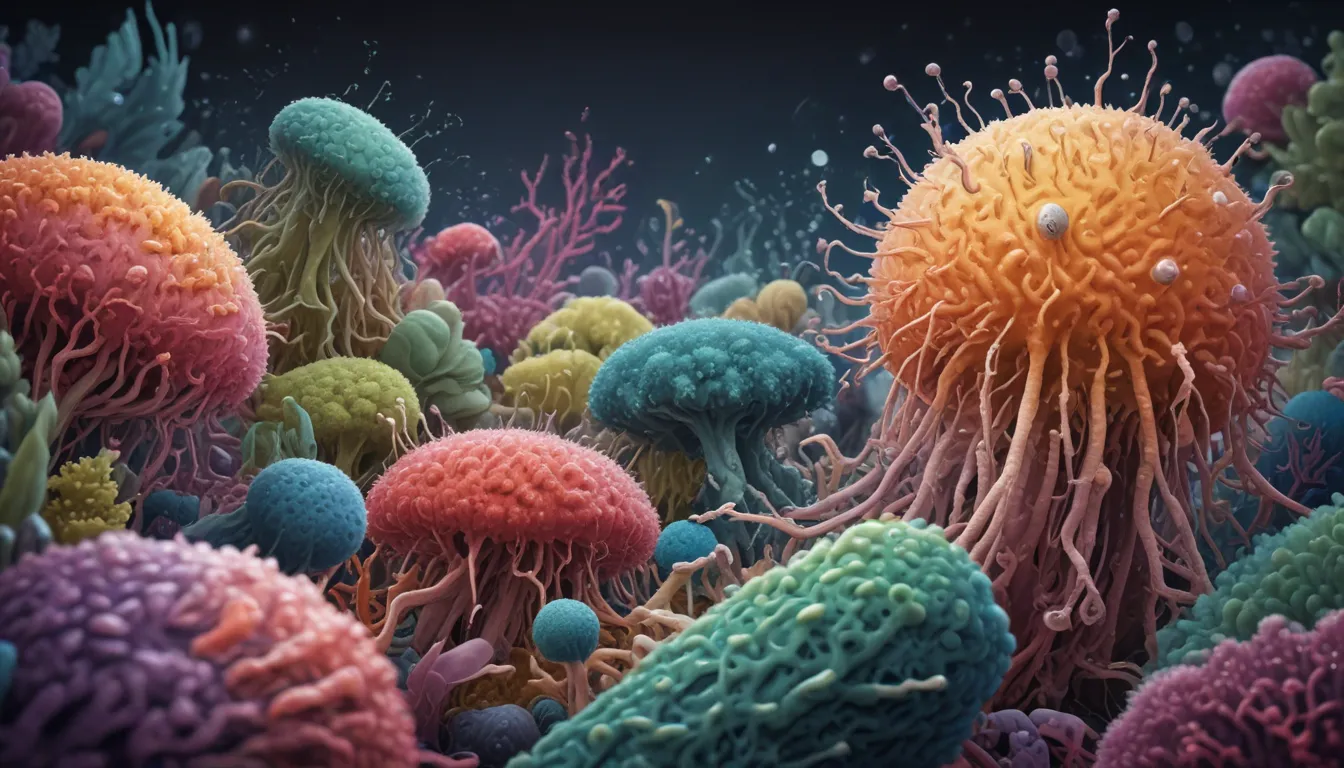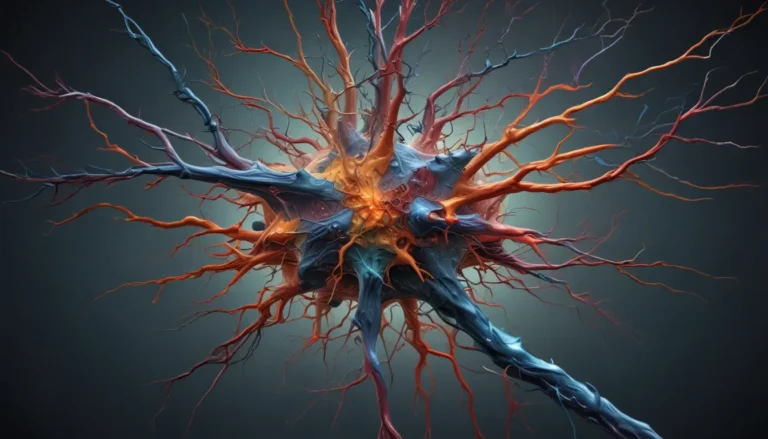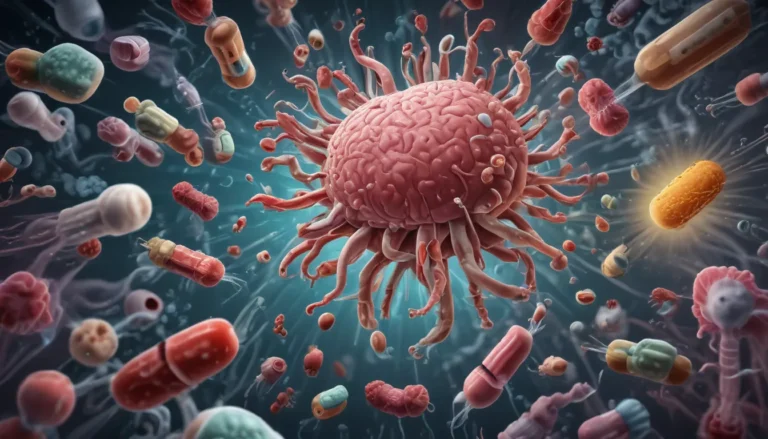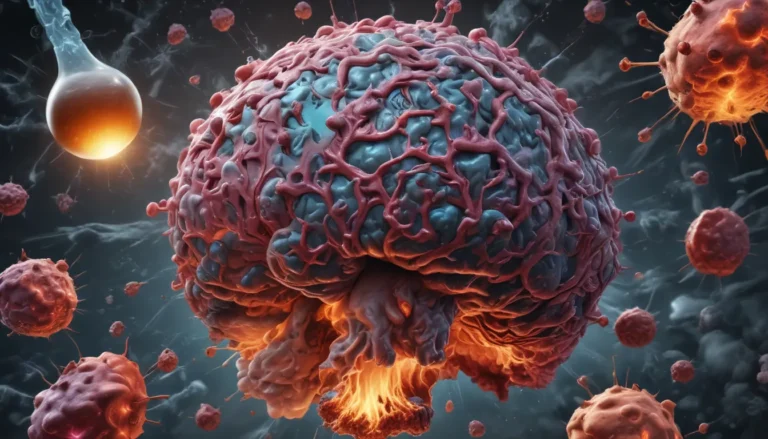A Note About Images: The images used in our articles are for illustration purposes only and may not exactly match the content. They are meant to engage readers, but the text should be relied upon for accurate information.
Microbial interactions are a captivating aspect of the natural world, involving various microorganisms like bacteria, fungi, viruses, and archaea. These microscopic entities interact with each other and their environment in unique ways, shaping ecosystems, impacting human health, and contributing to global processes such as nutrient cycling. In this article, we will delve into 13 intriguing facts about microbial interactions, shedding light on the complexity and importance of these relationships.
Understanding the Impact of Microbial Interactions
Microbial interactions are essential for our daily lives, influencing areas such as human health, agriculture, and the environment. These interactions play a crucial role in various aspects of society, leading to new discoveries and advancements in science and technology.
Cooperative Microbial Relationships
Microbes often engage in cooperative interactions, working together to achieve tasks that they couldn’t accomplish alone. For example, some bacteria form biofilms by collaborating with multiple species to create a protective community.
Competitive Microbial Dynamics
Microbes can also participate in competitive interactions, vying for resources and dominance in their environment. This competition can drive the selection of the fittest and most adaptable microbes, shaping microbial communities.
Symbiotic Relationships Among Microbes
Symbiosis involves close and long-term relationships between different species. Microbial symbiosis can include mutualistic interactions where both partners benefit, as well as parasitic interactions where one organism benefits at the expense of another.
Microbial Interactions in the Human Gut
The interactions between microbial species in the human gut have a profound impact on our health. The gut microbiota plays a crucial role in digestion, immune system regulation, and mental health, underscoring the importance of microbial balance.
Antibiotic Resistance and Microbial Interactions
Microbial interactions can lead to antibiotic resistance through the transfer of resistance genes between species. This phenomenon, known as horizontal gene transfer, contributes to the spread of antibiotic resistance among bacterial populations.
Enhancing Agricultural Productivity Through Microbial Interactions
Positive interactions between microbes and plants can boost nutrient uptake, promote growth, and protect plants from pathogens. This knowledge is leveraged to develop sustainable agricultural practices that benefit both crops and the environment.
Microbial Contributions to Environmental Processes
Microbes play crucial roles in ecological processes like nutrient cycling, decomposition, and bioremediation. Their interactions with each other and the environment drive these essential processes, sustaining ecosystems.
Influence of Microbial Interactions on Disease Development
The interactions between pathogenic microbes and host organisms impact the outcome and severity of infections. Understanding these interactions is crucial for devising effective strategies to combat infectious diseases and safeguard public health.
Harnessing Microbial Interactions in Biotechnology
Scientists are utilizing microbial interactions to develop innovative biotechnological applications. Synthetic microbial communities are engineered to produce valuable compounds or perform specific tasks with efficiency, showcasing the potential of microbial interactions in technology.
Evolutionary Impact of Microbial Interactions
Microbial interactions can drive evolutionary changes, leading to the development of new traits or the emergence of novel species. These changes have significant repercussions on microbial communities and ecosystems, shaping biological diversity.
Microbial Interactions and Climate Change
Microbes in oceans and soil influence greenhouse gas emissions, carbon, and nitrogen cycling, impacting climate change dynamics. Their interactions play a pivotal role in environmental health and overall planetary wellbeing.
Unveiling the Depths of Microbial Interactions
Despite significant progress in microbiology, there is still much to unravel about microbial interactions. Scientists continue to explore the intricacies of these relationships, unveiling new discoveries and insights that expand our understanding of the microbial world.
In conclusion, the world of microbial interactions is a fascinating realm that offers valuable insights into the complexity of the natural world. From mutualistic partnerships to competitive rivalries, microorganisms shape ecosystems, influence human health, and impact environmental processes. By understanding and harnessing these interactions, researchers can propel advancements in agriculture, medicine, and environmental sustainability. As we explore the dynamic interactions between microbes, we gain a deeper appreciation for the intricate tapestry of the natural world and unlock avenues for groundbreaking innovations and discoveries.
Unlocking the Potential of Microbial Interactions
Microbial interactions are a rich source of knowledge and inspiration, highlighting the interconnectedness of life on our planet. Understanding these interactions allows us to harness the power of beneficial microorganisms for diverse applications, from improving crop yields to combating infectious diseases. As we continue to delve into the intricate world of microbial relationships, new horizons of scientific discovery and technological innovation await us, shaping a brighter future for humanity and the environment.
FAQs
- Q: What are microbial interactions?
-
A: Microbial interactions refer to the relationships and interactions between microorganisms, influencing various aspects of ecosystems and human health.
-
Q: How do microorganisms interact with each other?
-
A: Microorganisms can interact through direct contact, chemical signaling, resource competition, and mutual cooperation, shaping microbial communities.
-
Q: What is an example of a mutualistic microbial interaction?
-
A: A prime example of a mutualistic interaction is the symbiotic relationship between leguminous plants and nitrogen-fixing bacteria, benefiting both parties.
-
Q: How can microbial interactions be manipulated for human benefit?
- A: Microbial interactions can be harnessed for applications like probiotics to restore microbial balance and engineered microbes for producing useful compounds.
Exploring the intricate world of microbial interactions unveils a tapestry of relationships that shape our world. From the microscopic realm of symbiosis to the evolutionary impacts of microbial dynamics, the study of microorganisms continues to amaze and inspire. Embrace the wonder of microbial interactions and delve deeper into the fascinating world of tiny organisms that have a profound impact on life as we know it.





